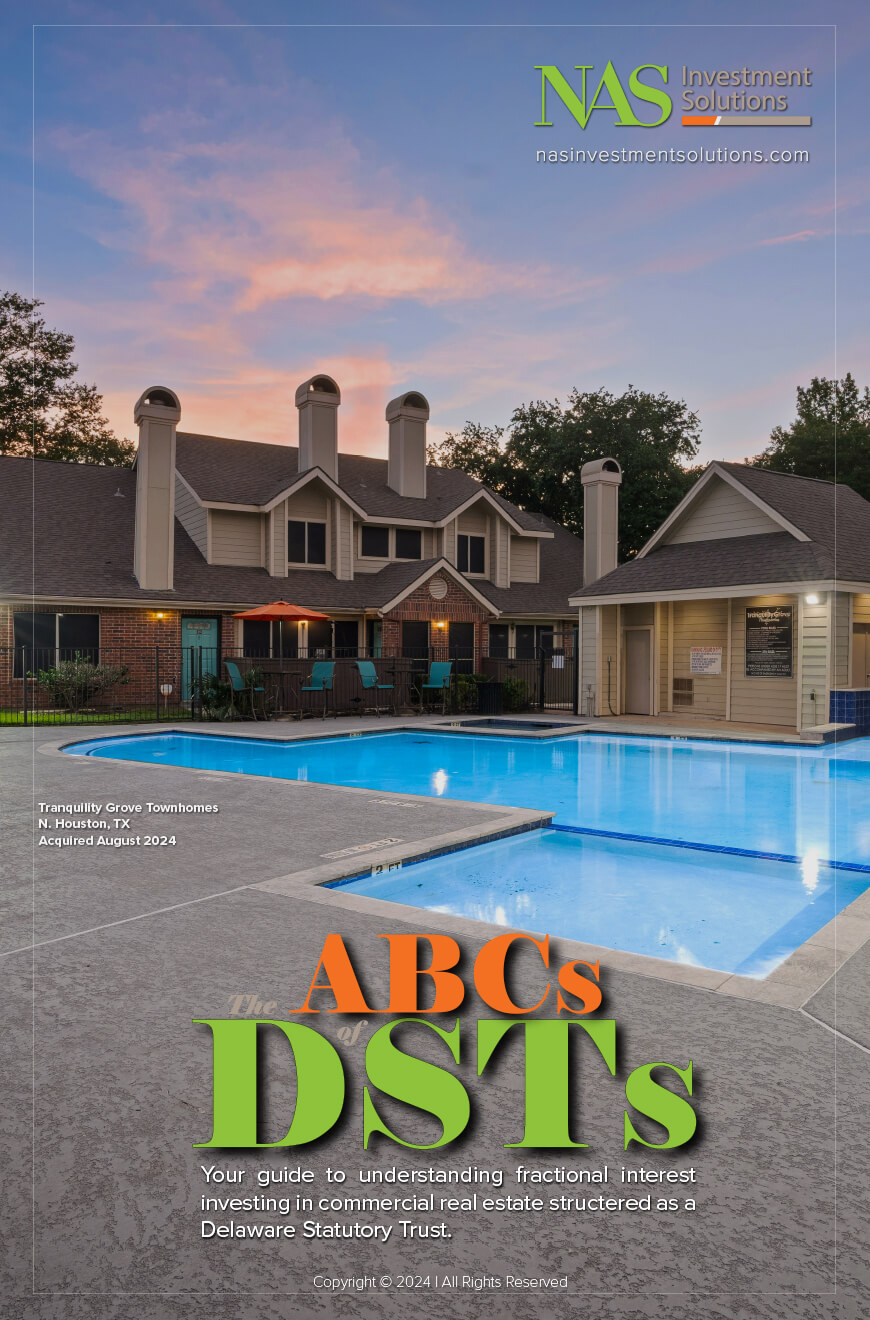Many People Saving for Retirement Today Feel Uneasy About Turning Their Entire Savings Over to Wall Street Money Managers
Updated August 1, 2024
Among the different options for retirement accounts, a self-directed IRA allows you to retain direct control over the investments in your account. Sometimes known as a “checkbook IRA”, they offer the same tax benefits as other IRAs but allow people to invest in varied assets beyond typical stocks and bonds. These options include assets such as precious metals, tax lien certificates, private placements, and real estate.
Why use a self-directed IRA to own real estate?
- Real estate is a tangible asset that can be seen and touched. Historically, investing in real estate is also a primary way to build generational wealth.
- They are not only used to save money for retirement, but they are also a primary way to grow an IRA account.
- Many people saving for retirement today feel uneasy about turning their entire savings over to Wall Street money managers. Instead, they take a little time to research different real estate investments and sponsors. Enough knowledge is gained to confidently make their own choices for investing.
What types of investors use self-directed IRAs?
Using a self-directed IRA can be perfect if you like the idea of investing for the long term in alternative investments like real estate:
- Investors using the long term buy-and-hold strategy
- Owning tangible assets (as opposed to paper stocks and bonds) in your retirement portfolio
- Diversify a retirement portfolio with alternative investments such as real estate
General rules & regulations
As with other retirement IRAs, self-directed IRAs have some basic rules:
- Contributions are tax deductible
- Penalties for early withdrawal
- Tax deferred benefits
When real estate is owned in a self-directed IRA all income and expenses flow in and out of the IRA. The property can be sold when retirement age is reached, to take advantage of tax deferment or tax-free gains.
For 2024, the contribution limit is $7,000 if you are under 50 years old. If you are 50 years or older, you can make an additional $1,000 catch-up contribution, bringing the total to $8,000. There is no limit to the size of the rollover. For this reason, most investors fund self-directed IRAs with rollovers from other retirement accounts.
How investing in real estate with a self-directed IRA works
There are two ways to invest in real estate using a self-directed IRA:
- Place funds with a custodian that specializes in self-directed IRAs
- Place funds in a “checkbook” IRA”
In both cases – because the IRA is self-directed – investors must research the potential risks and rewards of the investment, maintain accurate records, and ensure that if debt is used, it is non-recourse.
Role of a self-directed IRA custodian
A directed IRA custodian serves as a passive, non-discretionary custodian of customer-directed, also known as self-directed, individual retirement accounts (IRAs), as defined in Section 408 of the Internal Revenue Code. In its role as a passive custodian, a directed IRA custodian solicits no investments and provides no advice or recommendations to customers regarding investments acquired by or held in the IRAs. A directed IRA custodian has no authority to take any action with regard to the investments acquired by or held in the IRAs without the express direction of the IRA owner.
Main benefits of owning real estate in a self-directed IRA
Real estate owned in a self-directed IRA as part of a retirement portfolio can generate rental income and tax advantages. Other main benefits include:
- Investment options across all real estate asset classes
- Assets are tangible real property vs. paper stocks and bonds
- Retirement assets are diversified above and beyond the traditional financial products that the average retail investor buys
- Income and gains are tax deferred creating potentially greater returns
Related Articles: Real Estate Investments Deliver Deliver Many Benefits Not Offered by Stocks | Real Estate Investing with the Lessons of 2020









